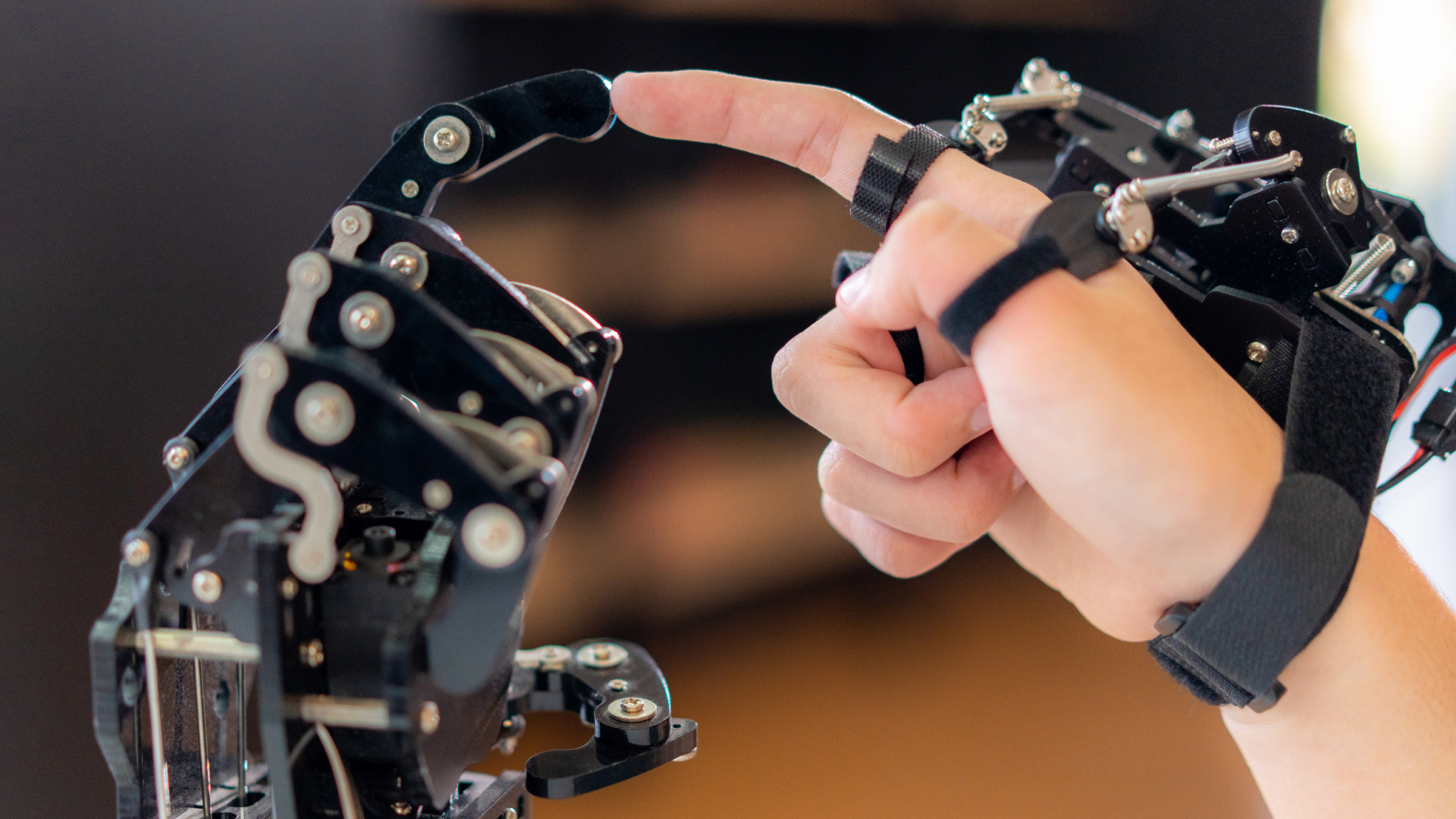Foods, Vol. 12, Pages 625: Effects of Bee Pollen Derived from Acer mono Maxim. or Phellodendron amurense Rupr. on the Lipid Composition of Royal Jelly Secreted by Honeybees
Foods doi: 10.3390/foods12030625
Authors: Enning Zhou Qi Wang Xiangxin Li Dan Zhu Qingsheng Niu Qiangqiang Li Liming Wu
Royal jelly is a specific product secreted by honeybees, and has been sought after to maintain health because of its valuable bioactive substances, e.g., lipids and vitamins. The lipids in royal jelly come from the bee pollen consumed by honeybees, and different plant source of bee pollen affects the lipid composition of royal jelly. However, the effect of bee pollen consumption on the lipid composition of royal jelly remains unclear. Herein, we examined the influence of two factors on the lipid composition of royal jelly: first, two plant sources of bee pollen, i.e., Acer mono Maxim. (BP-Am) and Phellodendron amurense Rupr. (BP-Pa); secondly, different feeding times. Lipidomic analyses were conducted on the royal jelly produced by honeybees fed BP-Am or BP-Pa using ultra-high performance liquid chromatography (UPLC)-Q-Exactive Orbitrap mass spectrometry. The results showed that the phospholipid and fatty acid contents differed in royal jelly produced by honeybees fed BP-Am compared to those fed BP-Pa. There were also differences between timepoints, with many lipid compounds decreasing in abundance soon after single-pollen feeding began, slowly increasing over time, then decreasing again after 30 days of single-pollen feeding. The single bee pollen diet destroyed the nutritional balance of bee colonies and affected the development of hypopharyngeal and maxillary glands, resulting in differences in royal jelly quality. This study provides guidance for optimal selection of honeybee feed for the production of high-quality royal jelly.

 1 year ago
56
1 year ago
56


